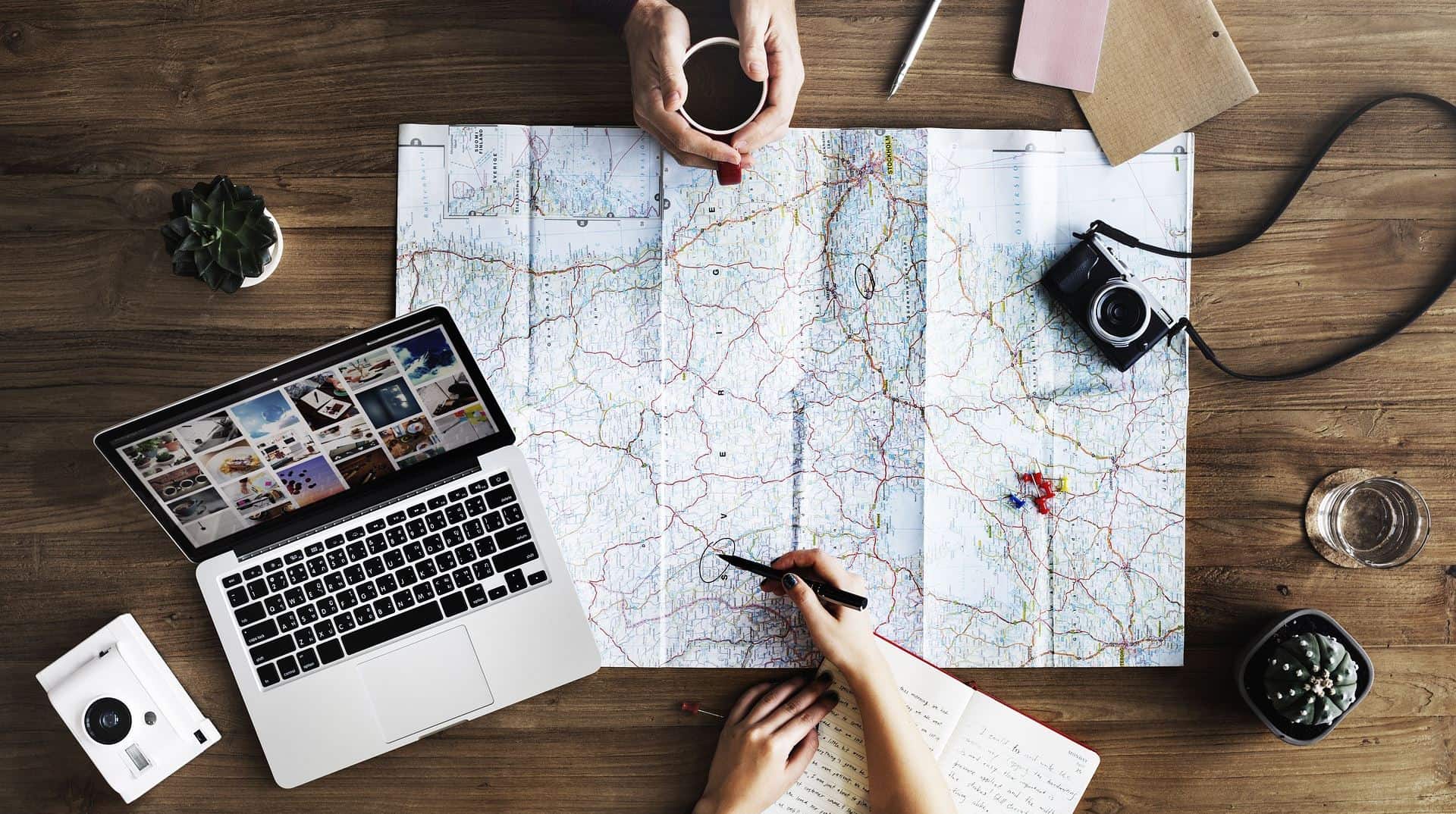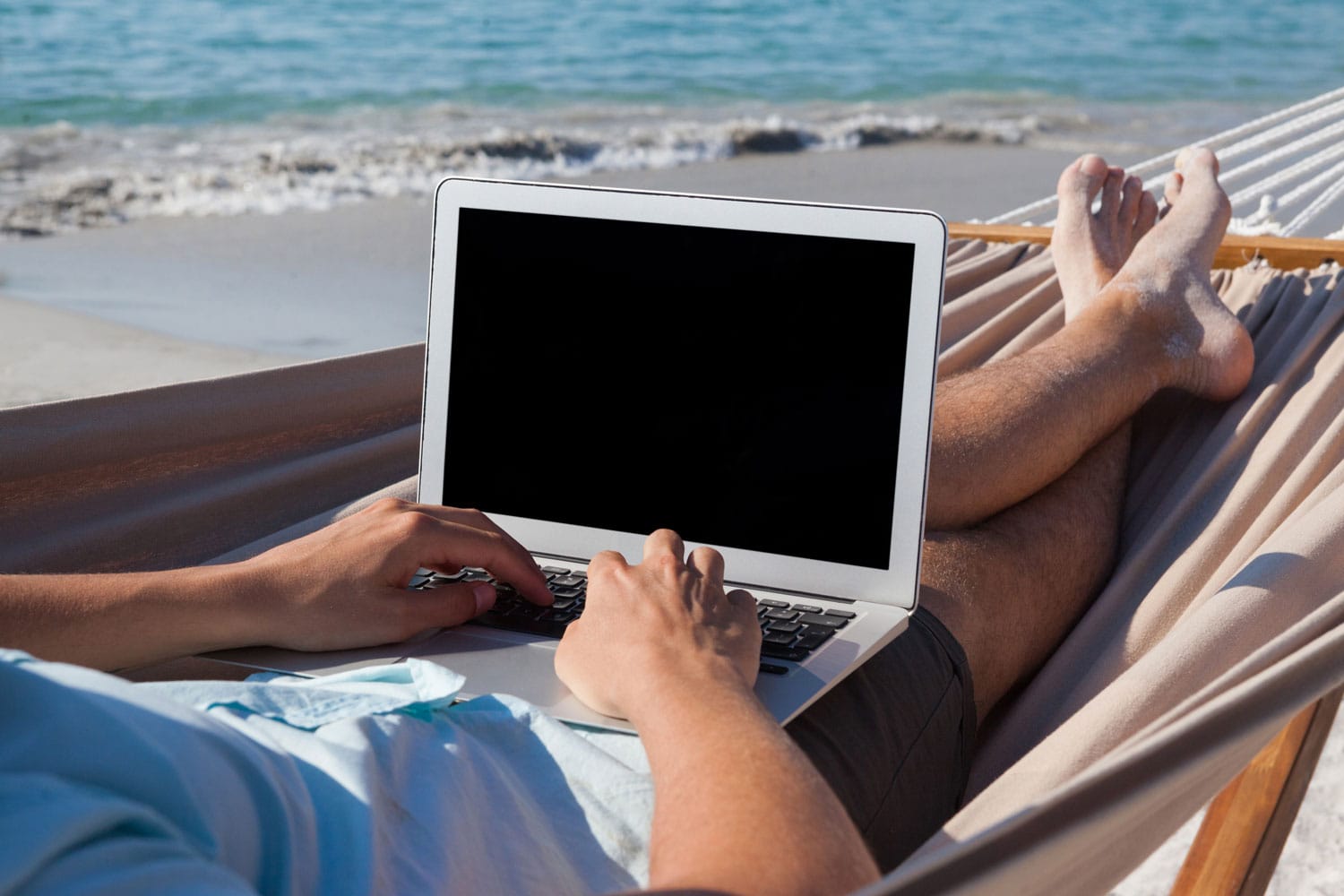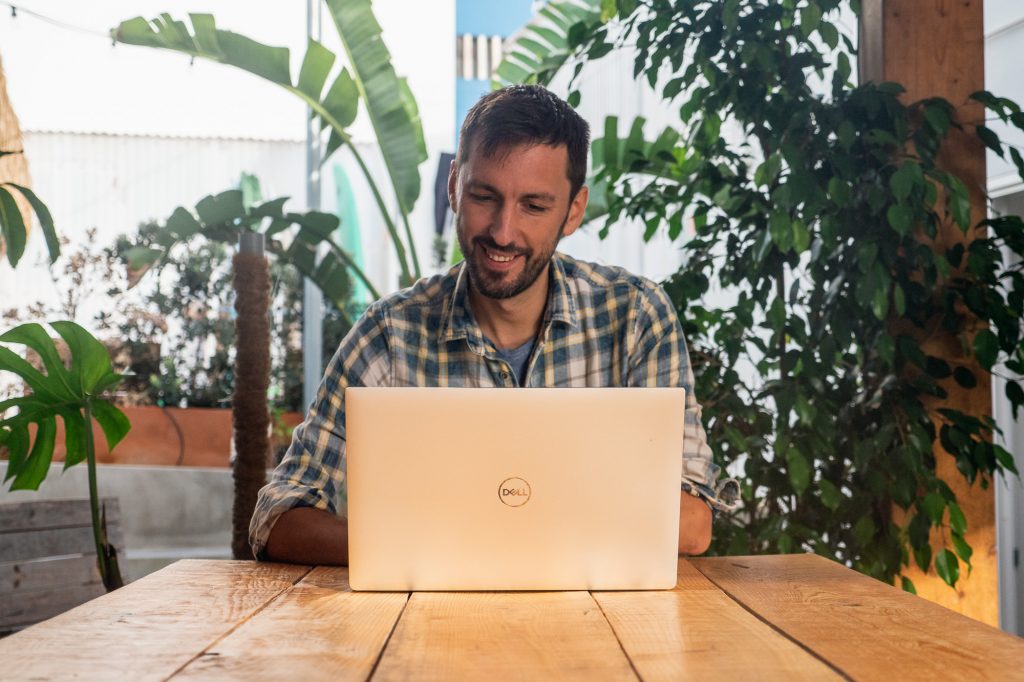Introduction
Explanation of the topic:
The topic of this discussion is not specified, so I will provide a general explanation of topics that could be discussed. The topics could range from scientific concepts, historical events, philosophical ideas, social issues, personal development, or any other topic that requires a deeper understanding and analysis.

Purpose of the discussion:
The purpose of this discussion is to provide information, insights, and perspectives on a specific topic. Through this discussion, we aim to increase understanding, expand knowledge, and encourage critical thinking. We can explore different viewpoints and learn from each other’s experiences and expertise. Ultimately, the goal is to promote learning and personal growth.
Portability
Weight and Size:
When it comes to portability, weight and size are important factors to consider. The lighter and smaller a device or item is, the more portable it is. This is especially important for things like laptops, tablets, and mobile phones, which are often carried around for long periods. A lightweight and compact device can be easier to carry around and more convenient to use on-the-go.
Battery life:
Battery life is also a crucial factor when it comes to portability. If a device has a short battery life, it may not be practical for use on-the-go as it will require frequent charging. Portable devices such as laptops, tablets, and smartphones are commonly used while traveling or away from a power source, so a longer battery life is essential to ensure uninterrupted use.
Durability:
Durability is another important factor to consider when it comes to portability. Portable devices and items may be subject to more wear and tear than stationary items. A durable and rugged design can help protect the device from damage during travel, while still maintaining its portability. Additionally, a device that is resistant to water or dust can be useful for those who travel frequently or work in challenging environments.
III. Performance
Processor:
The processor, or CPU, is a critical component of any computing device’s performance. It is responsible for executing instructions and performing calculations, which are necessary for running applications and software. A more powerful processor can execute instructions faster, allowing for quicker response times and smoother performance. When choosing a device, it is essential to consider the processor’s speed, number of cores, and architecture to ensure it meets your performance needs.
RAM:
Random Access Memory (RAM) is another important factor that affects device performance. RAM is used by the device to temporarily store data that is currently being used by applications or software. More RAM means that the device can handle multiple applications running simultaneously, improving its multitasking capabilities. It also ensures that the device can handle larger files or more complex applications without slowing down or crashing.

Storage:
Storage refers to the amount of space available on the device for storing data, including applications, files, and documents. A larger storage capacity allows for more data to be stored on the device, but it does not necessarily impact performance. However, the type of storage used can affect the device’s speed. Solid State Drives (SSDs) are faster than traditional Hard Disk Drives (HDDs) and can improve the device’s overall performance. Additionally, cloud storage solutions can be a useful option for storing data, allowing for easy access to files from multiple devices.
Display
Size:
The size of the display is an essential factor to consider when selecting a device. A larger display can provide a more immersive experience, making it easier to read, watch videos, or work on documents. However, larger displays can also make the device heavier and less portable. The size of the display should be chosen based on the intended use of the device.
Resolution:
The resolution of the display refers to the number of pixels on the screen, which determines the image’s sharpness and clarity. A higher resolution provides a more detailed and clear image, making it easier to read small text, view images or videos, and work with fine details. The resolution should be chosen based on the intended use of the device, with higher resolutions being more suitable for activities that require greater detail, such as photo or video editing.
Brightness and Contrast:
The brightness and contrast of the display are essential factors to consider, as they affect the image quality and the display’s visibility in different lighting conditions. A display with high brightness levels can make it easier to view the screen in brightly lit environments, such as outdoors or in direct sunlight. High contrast ratios can enhance the image quality, providing more vivid colors and sharper images. The brightness and contrast should be chosen based on the device’s intended use and the environment in which it will be used.
Connectivity
Wi-Fi: Wi-Fi is a wireless networking technology that allows devices to connect to the internet or to other devices without the need for cables. Most laptops today come with built-in Wi-Fi capabilities, which allow them to connect to Wi-Fi networks in homes, offices, cafes, and other public places.
Bluetooth: Bluetooth is a short-range wireless technology that allows devices to communicate with each other over short distances. It is commonly used to connect wireless headphones, speakers, keyboards, and other peripherals to a laptop. Bluetooth is also used for file transfers between devices.
Ports: Laptops come with a variety of ports that allow for connectivity to other devices. Some common types of ports found on laptops include USB ports, HDMI ports, Ethernet ports, and audio jacks. USB ports are used to connect a wide range of peripherals, including external hard drives, printers, and cameras. HDMI ports allow the laptop to be connected to an external display. Ethernet ports provide a wired connection to a network, and audio jacks allow for audio input and output. Some laptops may also have other ports, such as Thunderbolt or SD card readers.
Keyboard and Touchpad
Comfort and convenience: The keyboard and touchpad are two of the most frequently used components on a laptop, so it’s important to have a comfortable and convenient typing and navigation experience. A good keyboard should have a comfortable layout with well-spaced keys that are easy to press. The keys should also have good feedback, so that you can feel when you’ve pressed a key. A good touchpad should be accurate and responsive, with smooth and precise tracking. It should also support multi-touch gestures, which can make navigation faster and more intuitive.

Quality: The quality of the keyboard and touchpad is also important. A well-built keyboard and touchpad will last longer and perform better over time. The keys should be durable and not wear down easily. The touchpad should also be sturdy and not flex or wobble when in use. Additionally, the materials used in the construction of the keyboard and touchpad should be of good quality, so that they can withstand daily use without showing signs of wear and tear.
VII. Additional Features
Touchscreen: A touchscreen is a feature that allows the user to interact with the laptop by touching the display directly, rather than using a keyboard or touchpad. Touchscreens are useful for tasks such as scrolling, zooming, and selecting items on the screen. They can also be helpful for tasks that require drawing or handwriting, such as taking notes or sketching.
2-in-1 capabilities: 2-in-1 laptops are devices that can function as both a traditional laptop and a tablet. They typically have a screen that can be rotated or detached from the keyboard, allowing the device to be used in tablet mode. 2-in-1 laptops are popular with users who want the versatility of a tablet for tasks such as reading, browsing the web, and watching videos, while also having the productivity benefits of a laptop for tasks such as typing and working on documents.
Fingerprint reader: A fingerprint reader is a security feature that allows the user to log in to the laptop using their fingerprint. This can be more secure than using a password or PIN, since fingerprints are unique to each person and difficult to replicate. Fingerprint readers can also be used to authenticate payments and access secure files and applications.
VIII. Budget
Setting a budget: When buying a laptop, it’s important to set a budget that you can afford. Laptops can range in price from a few hundred dollars to several thousand, depending on the features and specifications you need. Consider how you’ll be using the laptop, and what features are most important to you, such as performance, display quality, battery life, and portability. Once you have a good idea of what you need, set a budget that reflects your priorities.

Getting the best value: Once you’ve set a budget, you’ll want to get the best value for your money. Look for laptops that offer the features and performance you need at a price that fits your budget. You may be able to save money by opting for a slightly older model, or by choosing a less well-known brand. It’s also a good idea to read reviews and compare prices from multiple retailers before making a purchase. Finally, consider the overall cost of ownership, which includes things like warranty, repair costs, and software licenses, as well as the initial purchase price. A slightly more expensive laptop with better build quality and longer-lasting components may end up being a better value in the long run.
Conclusion
Recap of key considerations: When buying a laptop, there are several key considerations to keep in mind. These include the laptop’s performance, display quality, battery life, portability, connectivity options, keyboard and touchpad quality, additional features, and budget. Think about how you’ll be using the laptop, and prioritize the features that are most important to you.
Final recommendations: Ultimately, the best laptop for you will depend on your individual needs and preferences. Consider your budget, as well as the features and performance you require, and read reviews and compare prices to find the best value for your money. Don’t forget to factor in additional costs such as warranty and repair costs, as well as software licenses. With a little research and careful consideration, you can find a laptop that meets your needs and fits within your budget.
See Also-
- Best Laptop For Game Development 2023
- Best Laptop For Photo Editing On A Budget 2023
- Best Laptop For Quickbooks 2023
- Best Laptop For Stock Trading 2023
- Best Laptop For Trading 2023
